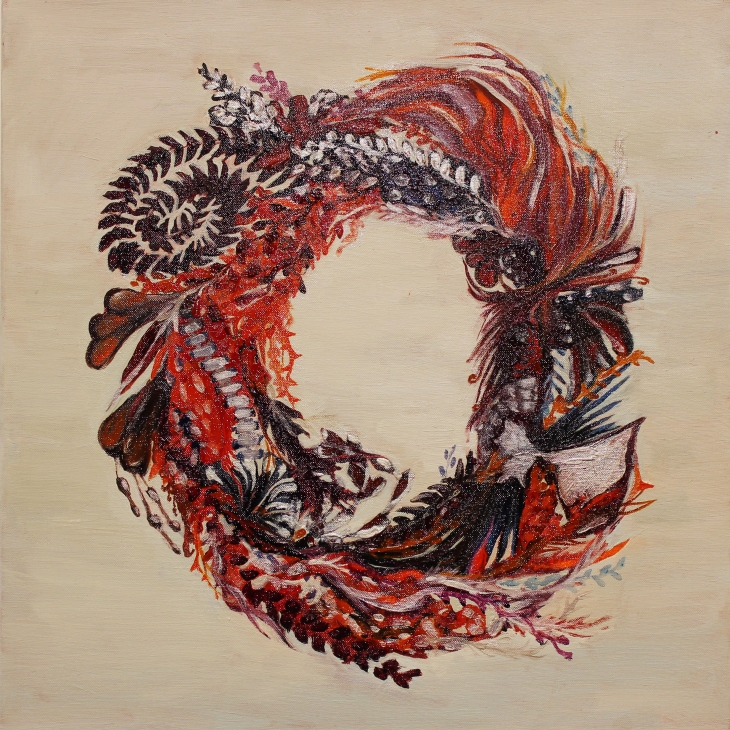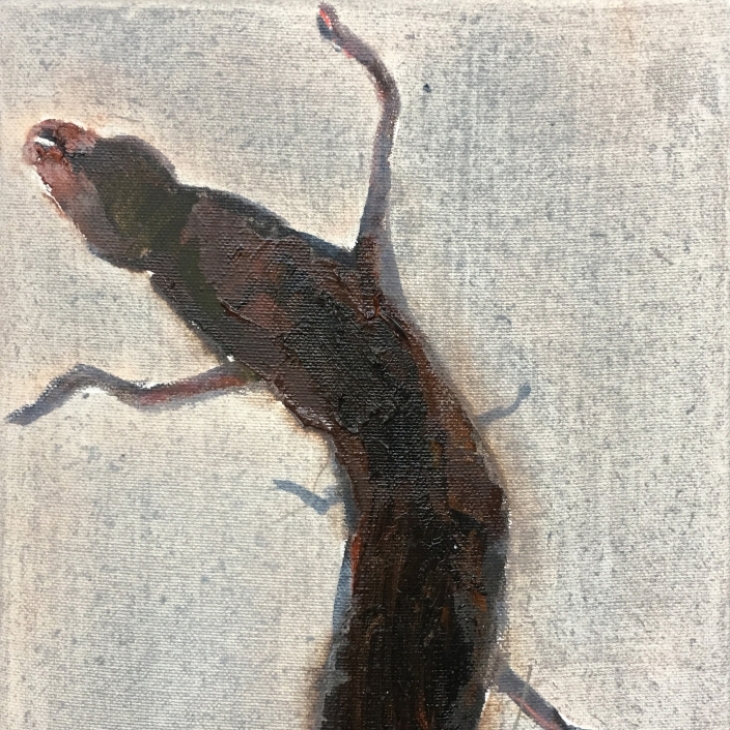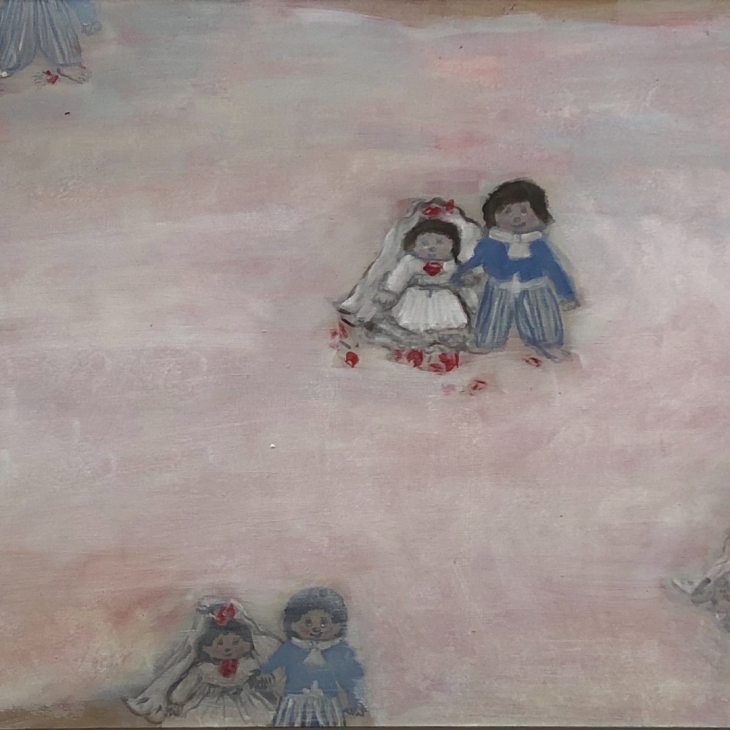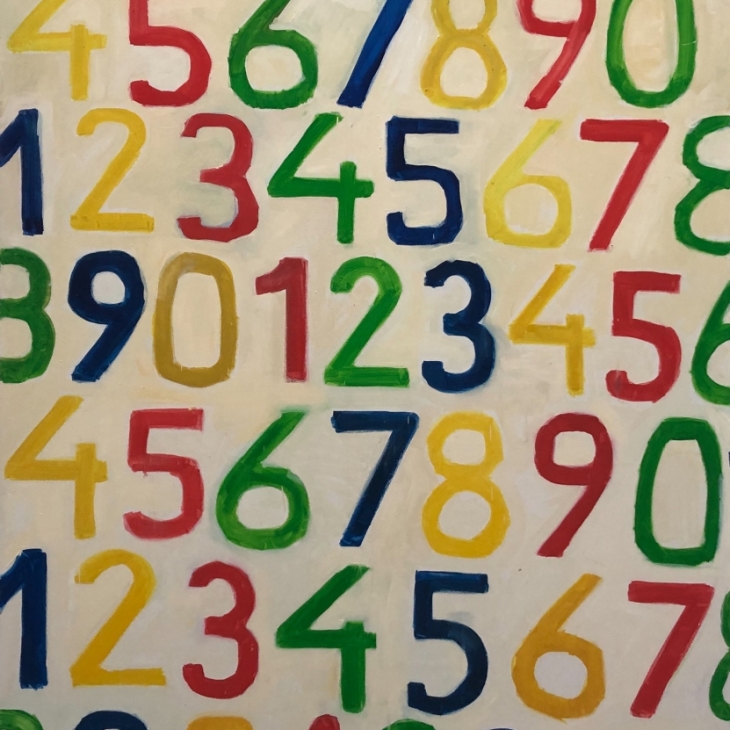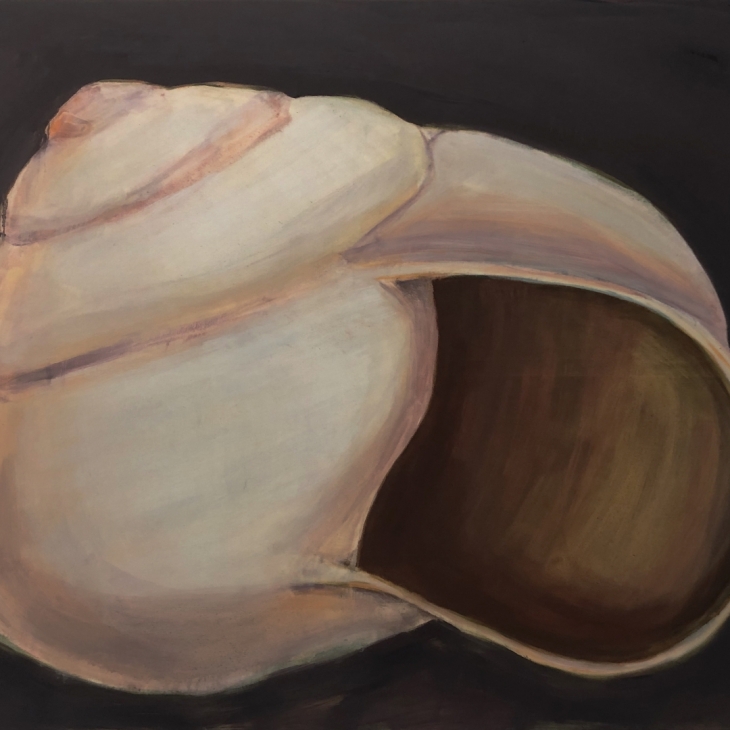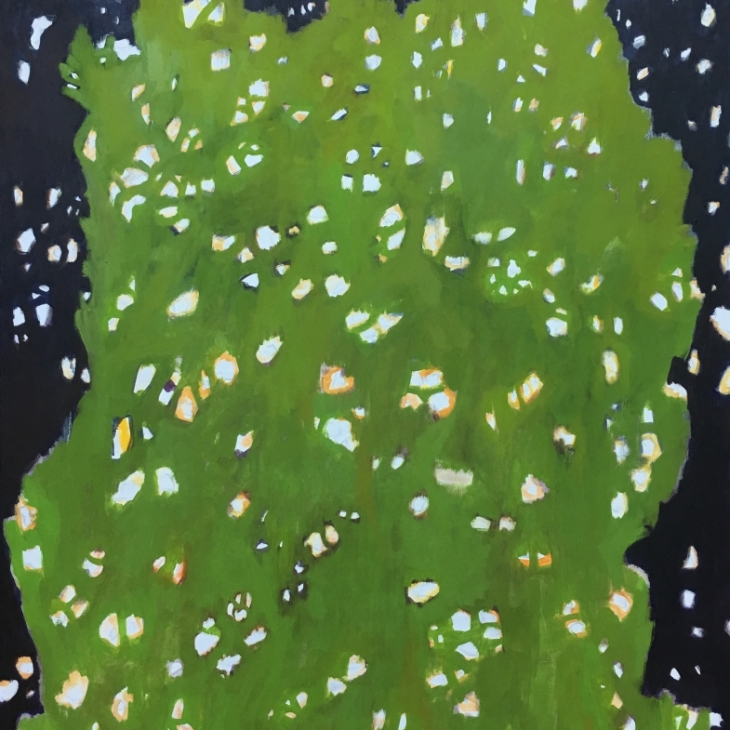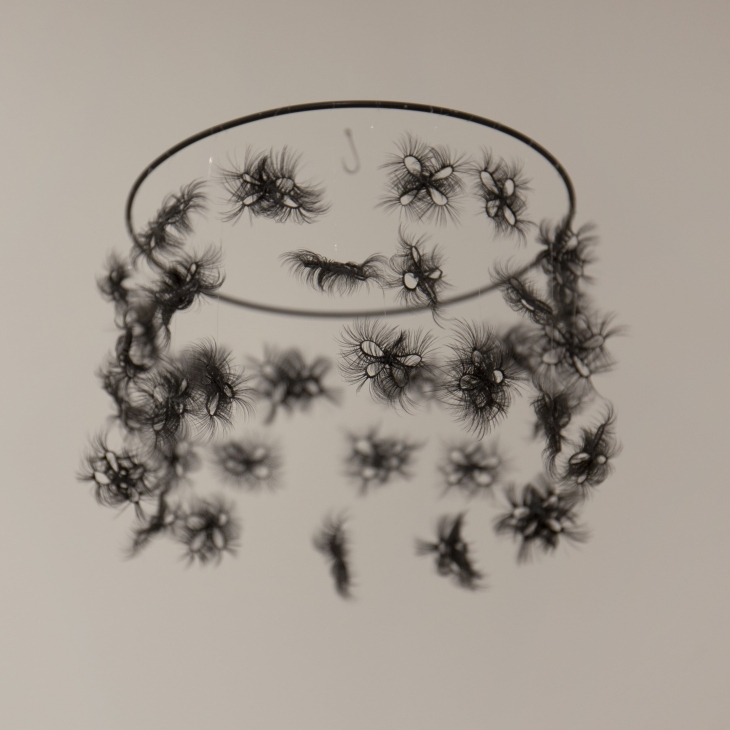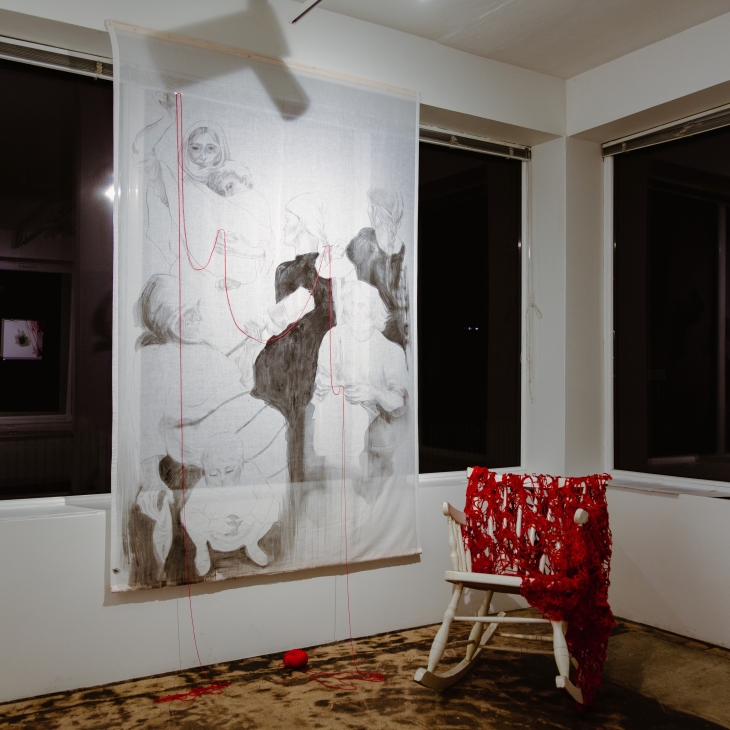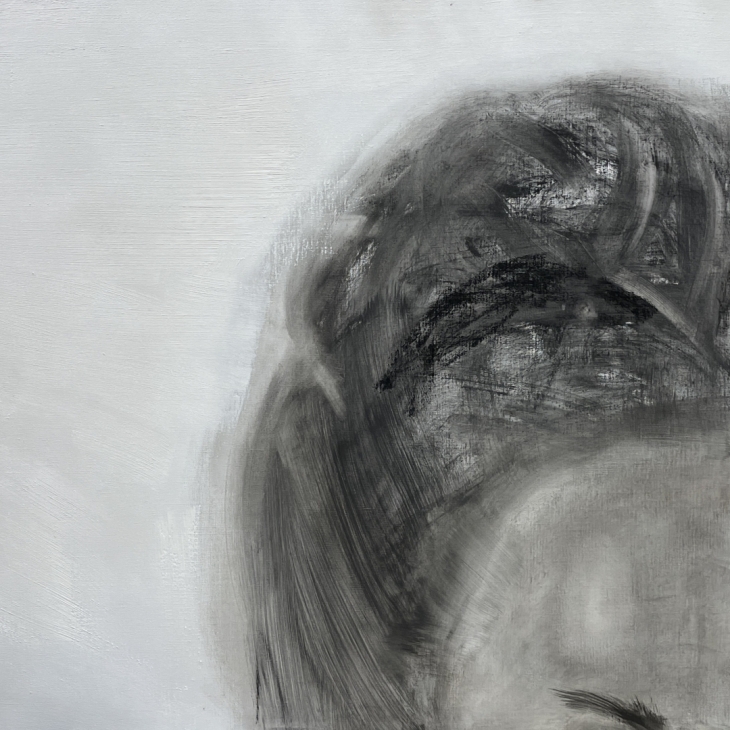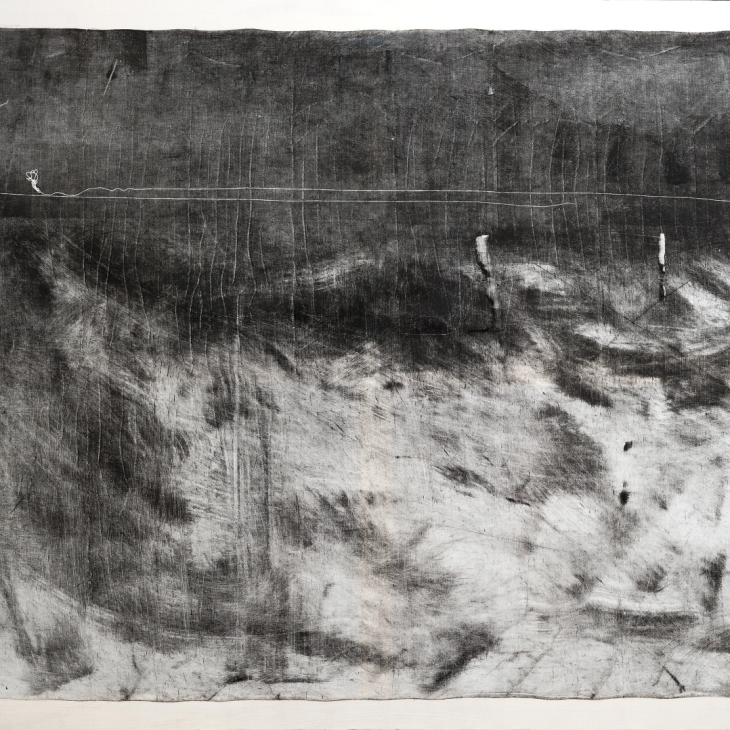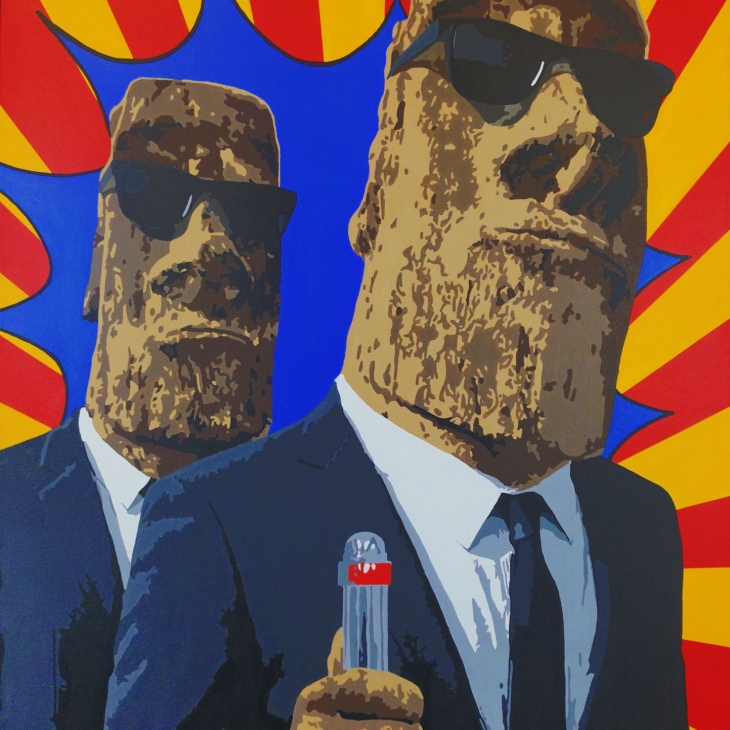Raminta Dirsytė-Urbonienė
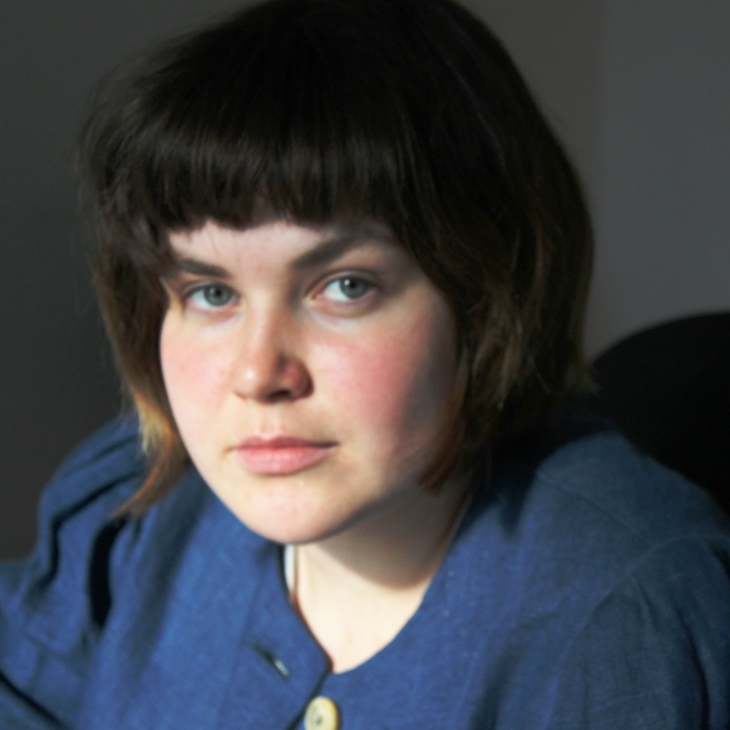
Artist is based in: Lithuania
Raminta Dirsytė-Urbonienė (b. 1998) completed her Bachelor's degree in Painting in 2021 and her Master's degree in Painting in 2024 at the Vilnius Academy of Arts (LT). In 2024, her final Master's project collection, "Sight in View," was part of the selective group exhibition "Debesys," curated by Vidas Poškus at the VDA gallery "Titanikas." Her painting was also featured in the finalists' exhibition of the "Zabolis Art Prize 2024" at the VDA exhibition space "Titanikas“. In October 2023, she held a solo exhibition titled "Aukštai" at the "Akademija" gallery and participated in the group exhibition "Cukrus" at the “LDS galerija”. In 2021, she completed a year-long internship at the contemporary art gallery JOEY RAMONE in Rotterdam (NL). In 2019, Raminta was awarded the Justinas Vienožinskis Prize by the Painting Department. She has been actively participating in exhibitions since 2016.
For the past two years, Raminta has been creating paintings and objects that explore the concepts of gaze, imagination, and events. Her paintings capture significant imagery that references recognizable objects, phenomena, and traces of events. On the canvas, these reconstructed images transform into multilayered symbols characterized by psychological depth and poeticism. The diverse materials she uses for her objects—such as eyelashes, plaster, flowers, and stone—are chosen based on the context of the motif's origins and the symbolic nature of the materials. Often, her works function as exercises in thought, encouraging viewers to see the familiar in a new light.
Raminta: I construct pictures and objects from the traces left by noticeable events, even those beyond the frame of sight. In my works, fragments become signs, each telling the story of a specific moment in time and its events through a unique language. I collect visual and material fragments while examining how these signs emerge, aiming to capture the constant shift in perspective.
My artworks allow me to freeze a particular gaze and analyze it, observing how specific events evoke astonishment, concern, or uncertainty about the future. I strive to understand how today's metaphors are formed and to analyze the observer who engages with a particular gaze. What kind of gaze is it, and why?


